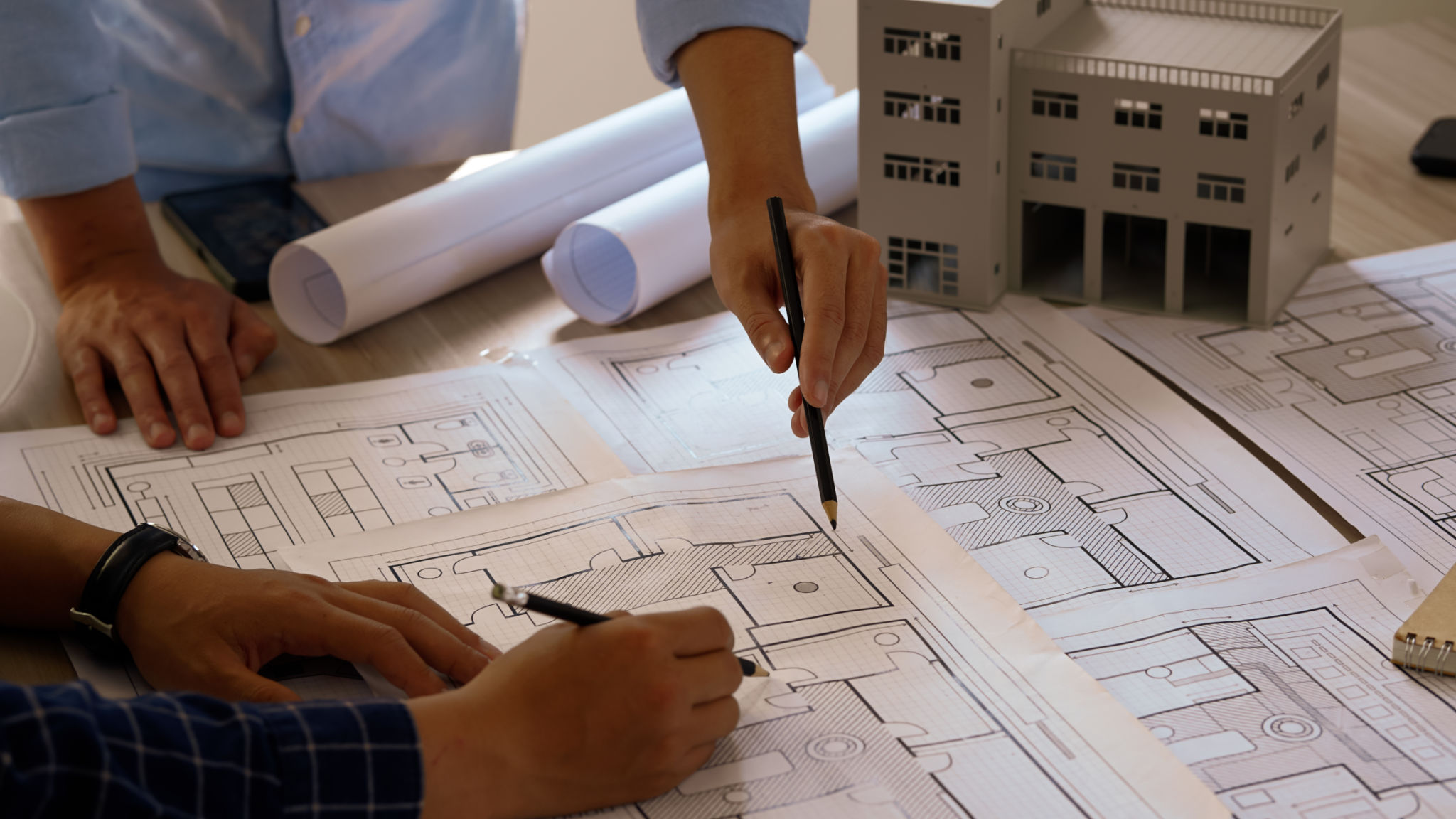Cold Formed Buildings: A Step-by-Step Guide to Choosing the Best Option
Understanding Cold Formed Buildings
Cold formed buildings have become increasingly popular in the construction industry due to their durability, cost-effectiveness, and versatile design options. These structures are crafted from steel that is shaped at room temperature, allowing for greater precision and efficiency. As you explore the world of cold formed buildings, understanding their unique benefits can help you make an informed decision.

Key Benefits of Cold Formed Buildings
One of the primary advantages of cold formed buildings is their lightweight nature, which reduces the overall load on foundations and allows for easier transportation and assembly. Additionally, these buildings are known for their high strength-to-weight ratio, making them an excellent choice for structures that need to withstand harsh environmental conditions.
Another significant benefit is the versatility in design. Cold formed steel can be molded into various shapes and sizes, providing architects and builders with the flexibility to create innovative and customized building solutions. This adaptability makes it easier to meet specific architectural requirements and aesthetic preferences.
Factors to Consider When Choosing a Cold Formed Building
When selecting a cold formed building, it's crucial to evaluate several factors to ensure you're getting the best option for your needs. Start by considering the intended use of the building. Whether it's for residential, commercial, or industrial purposes, understanding the primary function will guide your design and material choices.

Location and Climate Considerations
The location and climate where the building will be erected play a significant role in material selection. For instance, areas prone to high winds or seismic activity require reinforced structures to ensure safety and stability. Additionally, consider the local climate's impact on insulation needs to maintain energy efficiency.
Budget and Timeline
Your budget and project timeline are also critical factors in choosing a cold formed building. Cold formed structures typically offer cost savings due to reduced material waste and quicker assembly times compared to traditional building methods. However, it's essential to align your financial resources and time constraints with your project goals to avoid potential setbacks.
Steps to Select the Best Cold Formed Building
To choose the best cold formed building, follow these steps:
- Define your project scope: Outline your building's purpose, size, and specific requirements.
- Consult with experts: Engage with architects and engineers experienced in cold formed construction to get professional advice.
- Explore design options: Review available designs and customization possibilities to ensure they meet your aesthetic and functional needs.
- Consider long-term maintenance: Evaluate the ease of maintenance and lifespan of different materials and designs.

Conclusion
Cold formed buildings offer a range of benefits that make them a compelling choice for many construction projects. By considering factors like location, climate, budget, and intended use, you can select a structure that not only meets your current needs but also provides long-term value. With careful planning and expert consultation, you can enjoy a durable and efficient building solution tailored to your requirements.
